Why does a fox have a pointed muzzle?
One of the most noticeable features of foxes is their pointed muzzle. It is known that nothing happens by chance in nature, and scientists decided to figure out why evolution led to such a structure of the fox skull. It turned out that this form helps foxes survive in the most extreme conditions.
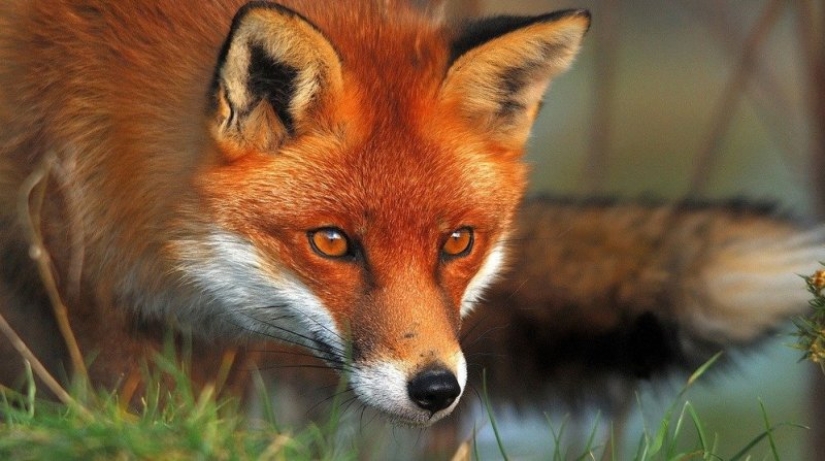
In winter, when food is scarce, foxes engage in mouse hunting. Simply put, they catch small rodents in the snow. Scientists from Cornell University, USA, decided to find out whether this method of hunting is related to the structure of the fox's muzzle. To do this, they printed a lot of animal noses on a 3D printer and literally poked them into the water and snow.
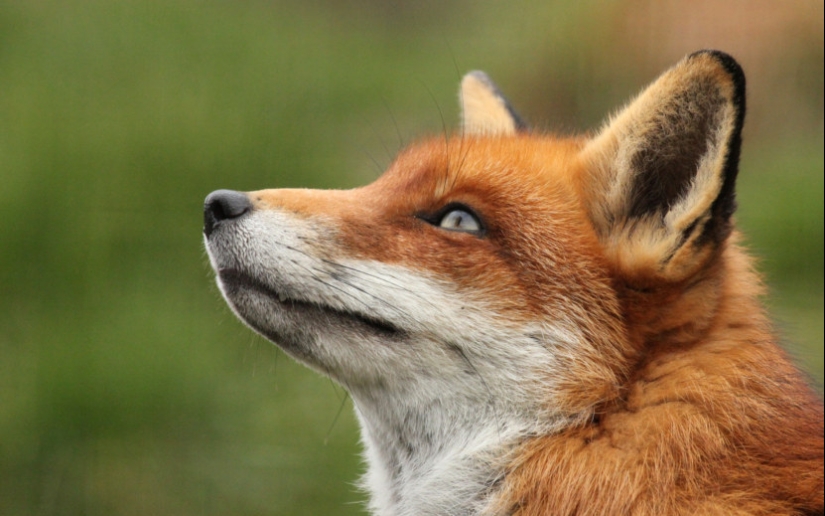
It turned out that the longer the nose and the less its bend, the lower the likelihood of injury when diving for mice in the snow. There are other advantages of this skull shape when hunting small animals in winter. Biologists published the results of the study on the PNAS portal (Proceedings of the National Academy of Sciences).
Mouse hunting is a type of winter hunting practiced by common red foxes and arctic foxes. These animals are able to determine the exact position of the prey under a meter-long layer of snow, using their subtle hearing. The ears of these predators detect rustling sounds at frequencies of 2–10 kHz.
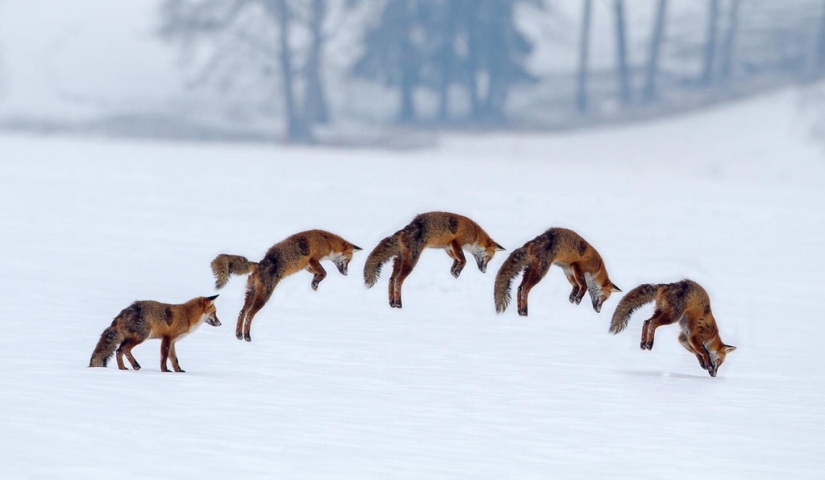
Having determined the place where the rodent is, the fox jumps up and dives headfirst into the snow. This occurs at a speed of 2 to 4 meters per second. The mouse often does not have time to dodge such a swift attack and ends up in the sharp teeth of the predator. People have observed this method of hunting for thousands of years, but only now have they reached its detailed study.
Biologists have studied the relationship between skull shape, impact forces during high-speed snow diving, and hunting success. Scientists scanned the skulls of a fox, arctic fox, lynx and puma, created their 3D models in the program, and then printed them on a printer. A sensor was attached to each mock-up of the muzzle to record the force of the impact.
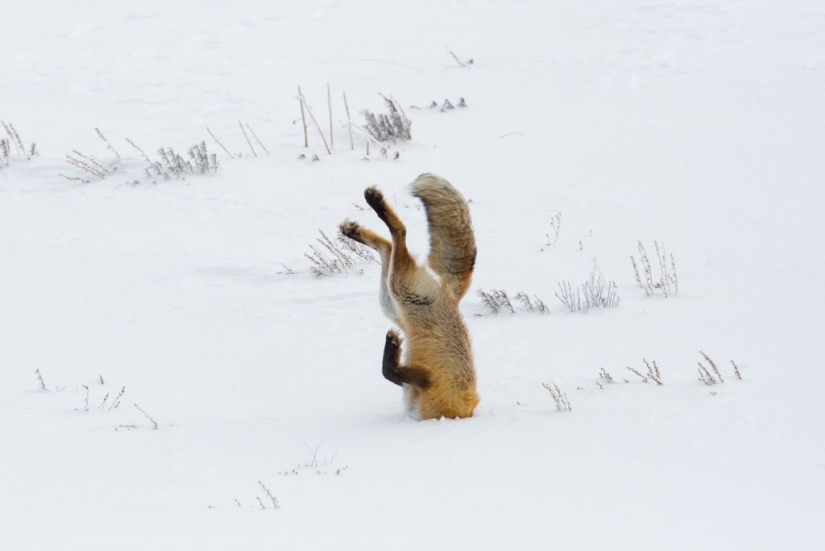
After this, the skulls were immersed in water and snow with different strengths, taking sensor readings. A computer program recorded the impact force and assessed the impact of the environment on the object. As a result, it became clear that the shape of the fox skull minimizes the likelihood of injury upon impact.
Seonghwang Jung, a fellow in the Department of Biological Engineering at Cornell University, described it this way:
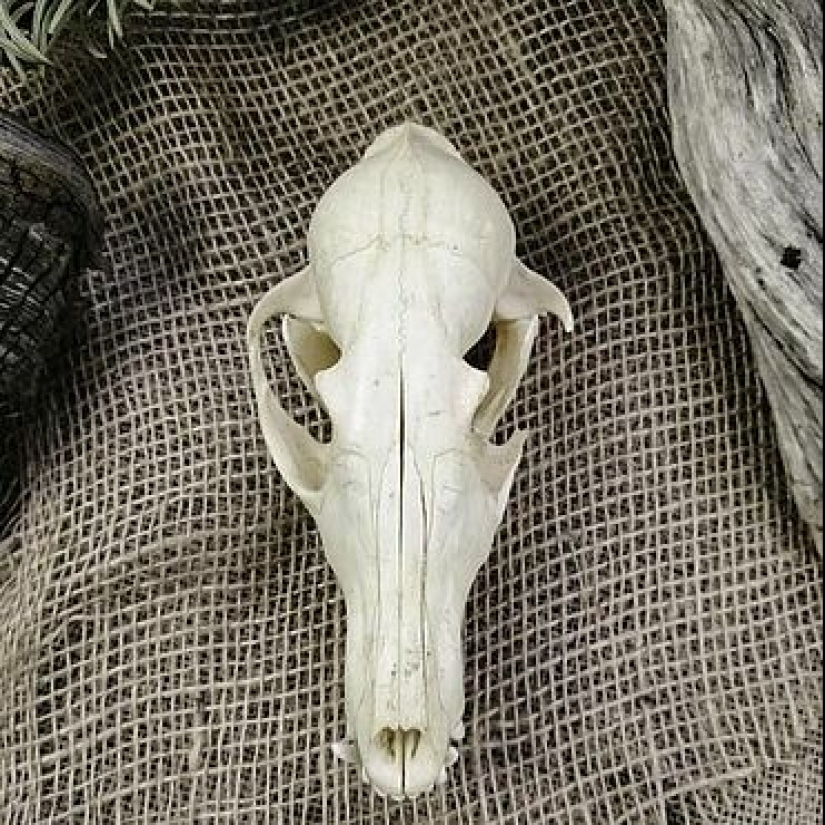
The scientists clarified that they have no information about injuries to the faces of foxes caused by mowing. The pointed muzzle has another advantage - it allows foxes and arctic foxes to penetrate deeper into the snow. Mice do not sit still and run away at suspicious sounds. Therefore, the predator has only a few seconds to grab the prey.
The anteater's muzzle is also ideal for specific hunting, only not in the snow, but in the underground passages of ants.
Recent articles

Girls from our collection could easily compete for the title of "Miss universe". And this despite the fact that they are all ...

Young Milla Jovovich in the arms of Michael Jackson - this shot from almost thirty years ago, published on the actress’s ...

From explosions at the slightest collision to endless drifts without a scratch, cinema has long since devised its own laws of ...